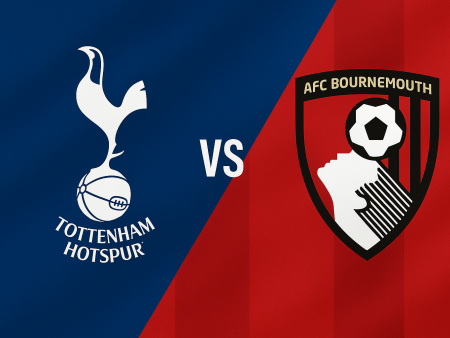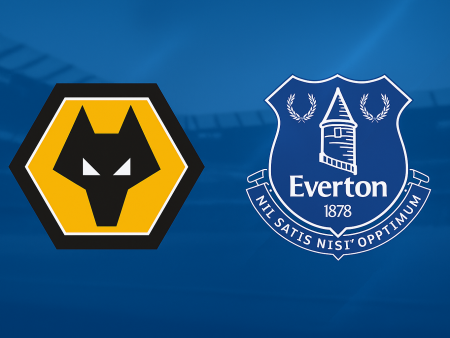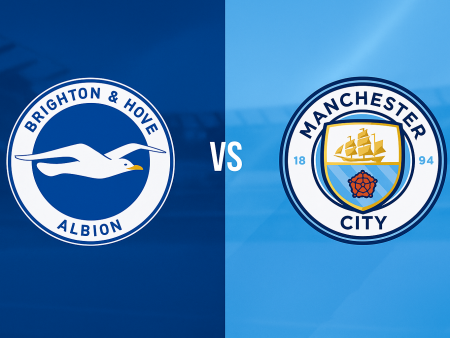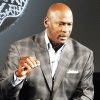Unlocking the Balance: The Distinct Roles of Individual and Team Coaching in Sports
The concept of “coach” commonly conjures images of an enthusiastic figure guiding a group in pursuit of shared goals. Yet, the responsibilities and potential of a coach extend well beyond leading a team. Masterful coaching today involves harmonizing group development with personalized attention, ensuring every athlete feels valued as both a person and a competitor.
The Power of Personalization in Athletic Coaching
Regardless of setting—team or individual—effective coaching starts with understanding each athlete’s unique abilities, motivations, and needs. While one-on-one sessions naturally facilitate focused growth and relationship-building, it is crucial for team coaches to create purposeful moments to connect with individual players. This approach fosters a sense of belonging and shows athletes that their growth and well-being are priorities, not just their contribution to results.
Key elements for coaches striving for personalization include:
– Adapting feedback and training methods to suit each athlete’s style and development stage
– Demonstrating genuine interest in both sporting and personal aspects of each individual
– Consistently seeking opportunities for one-on-one engagement within larger group dynamics
Integrating Individual Growth and Team Success
Successful coaching is not a binary choice between group and personal development. Coaches can—and should—pursue both. When coaches prioritize each athlete within the team context, the collective performance elevates. Similarly, coaches specializing in individualized training can translate these insights to benefit overall team dynamics.
A balanced coaching approach yields:
– Optimized skill development for both individuals and teams
– Enhanced motivation and retention as athletes feel recognized and supported
– A foundation for leadership, teamwork, and mutual respect among players
Focused Development: When One-on-One Sessions Make the Difference
Individualized training sessions are invaluable for refining technical and mental skills that might be overlooked in group practices. For example, addressing a player’s unique shooting technique in a private setting allows for patient, detailed instruction without fear of embarrassment or isolation. However, coaches should avoid publicly singling out athletes for correction during team practice, as this can be demotivating.
Best practices for integrating one-on-one learning:
– Use additional coaches or assistants to rotate individual focus when possible
– Highlight individual learning moments in ways that benefit the entire group
– Reserve personalized technical feedback for safe, private settings to encourage experimentation and confidence
Team Training: Real-World Application and Social Dynamics
While one-on-one coaching is excellent for targeting specific growth areas, the team environment is where skills are put to the test under real-world conditions. Team sessions build strategic understanding, foster social bonds, and give athletes an appreciation for their role within the collective.
Team environments offer:
– Regular opportunities to translate individual learning into match scenarios
– Context for social, psychological, and tactical growth through shared experience
– The chance for athletes to learn from peers and model positive behaviors
Enhancing All Corners of Player Development
Comprehensive player development—which can be thought of through frameworks like the “five corner model” (technical, tactical, physical, psychological, and social)—thrives when athletes experience both individualized and group coaching experiences.
In private sessions, coaches can:
– Dive deep into technique or mindsets without distractions
– Build player confidence in areas where they may struggle publicly
Within team training, athletes:
– Refine their skills in game-like scenarios
– Improve critical social and tactical elements through collaboration
– Develop resilience and adaptability under collective pressure
The Social Impact of Team-Based Coaching
For many athletes, the camaraderie and relationships formed within teams are what keep them committed to sports year after year. While individualized sessions allow coaches to nurture personal confidence and address mental challenges, group environments naturally forge friendships, mentorships, and a sense of shared purpose.
Advantages of the team setting:
– Built-in support network from peers
– Real-time feedback and friendly competition
– Opportunities to model leadership and followership in a dynamic environment
Expanding the Scope: Diverse Pathways for Coaches and Athletes
Modern coaching extends past the confines of traditional team sports. Roles like wellness coaching, fitness training, and mental skills consulting are driven by individualized work. Even coaches grounded in a team structure should proactively seek out opportunities to meet one-on-one with athletes outside of regular practice, ensuring comprehensive growth.
Key takeaways for coaches looking to expand their impact:
– Recognize the potential to specialize in areas beyond team strategy, such as performance analysis or mental coaching
– Engage with athletes on an individual basis to identify and develop specific growth opportunities
– Embrace the flexibility to work with both individuals and teams in a complementary way
Finding Harmony: Maximizing Individual and Team Coaching
Ultimately, the most effective coaching combines the strengths of both individualized and team-focused approaches. Whether working in a group or one-on-one, the priority must always be to tailor guidance, encouragement, and strategy to meet each athlete’s unique journey. By weaving together personal development with collective goals, coaches unlock higher performance—and deeper fulfillment—for everyone involved.
Conclusion: Creating Well-Rounded Athletes Through Balanced Coaching
Excellence in sports development is rooted in the balance between nurturing individuals and shaping cohesive teams. Coaches who invest in both the group dynamic and the individual experience empower athletes to reach their highest potential both on and off the field. No matter your setting or role, make a conscious effort to recognize and act on the unique needs of each athlete. In doing so, you foster an environment where both personal growth and team success flourish.








